#china culture
Explore tagged Tumblr posts
Text

張石溪
39 notes
·
View notes
Text

Sekiro Happy Ending. Making a west to China
#fromstoftware#traditional art#sekiro#sekiroshadowsdietwice#sekirofanart#Kuro#Divine child of the Rejuvenating#china#china culture
5 notes
·
View notes
Text
What does panda culture mean in China? You must know this! Amazing Facts
People frequently think of the panda when they think about China. They are regarded as a sign of friendliness and harmony in China. The panda has an important cultural and historical significance in China. The panda was depicted as an unbeatable animal, as strong as a tiger, in the Shangshu (a recorded history of the Xizhou Dynasty, 1027-771 BC).
see also: How has the popularity of Chinese food changed over time in different countries?
A panda’s fur is worn as a tribute to monarchs and emperors. During that time, pelt was frequently distributed. The panda was supposed to have medicinal properties during the Ming era. The pelt is said to be capable of repelling plague and preventing cancers.
The Significance of the
Panda
There has been a lot of talk about the panda in the media. If you pay attention to the news, you’ll hear about pandas everywhere, from their near-extinction to the birth of baby pandas. Pandas are becoming increasingly well-known, having been featured in films and serving as the Olympic mascot. You might wonder why pandas are so significant. Pandas have become a symbol of China and play an important role in Chinese culture. Pandas are considered as fighters by the Chinese people due to the qualities they possess. Pandas can find food, climb trees, and survive freezing weather.
https://themozinity.com/https-themozinity-com-pandas-in-chinese-culture/
2 notes
·
View notes
Text
Tumblr! I need your help!
I’m South American. And lately I’ve started to work with a Chinese company.
They have been nothing but nice with me. So I wanna avoid an International Incident™️
What can I expect about the Chinese culture? Besides the gift giving (this one is driving me nuts already as a person that gets really embarrassed receiving gifts), what else can I expect?
What can be my do’s and don’ts?
Thanks everyone!
Reblog to save a job!
0 notes
Text
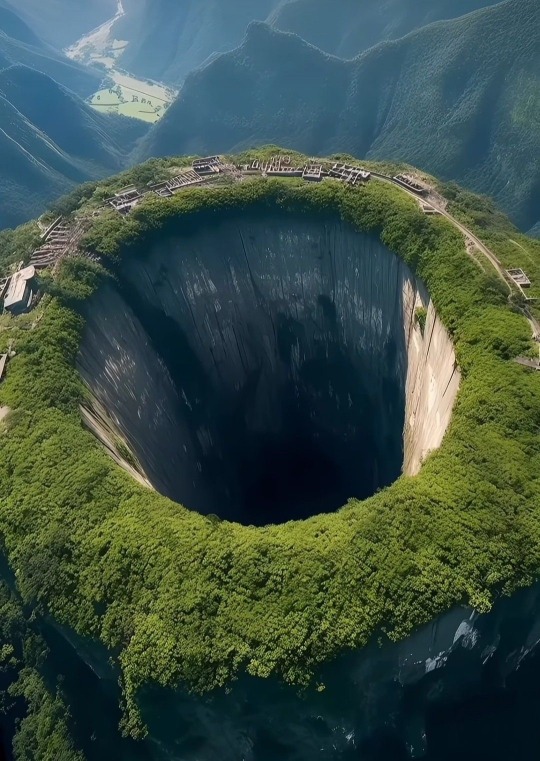
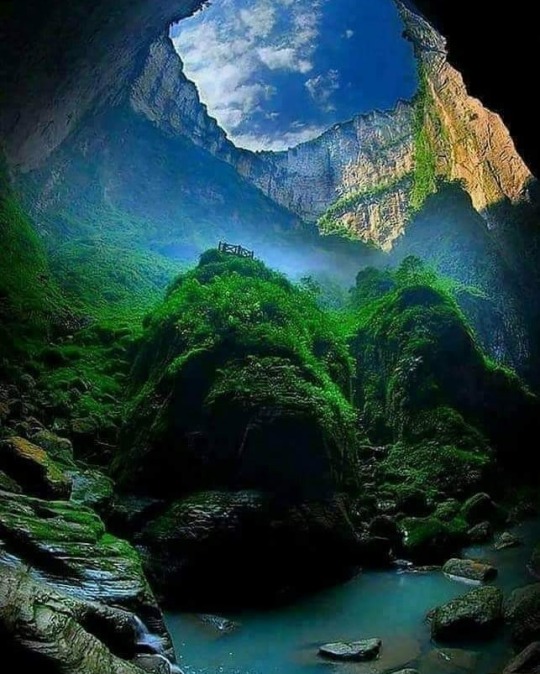
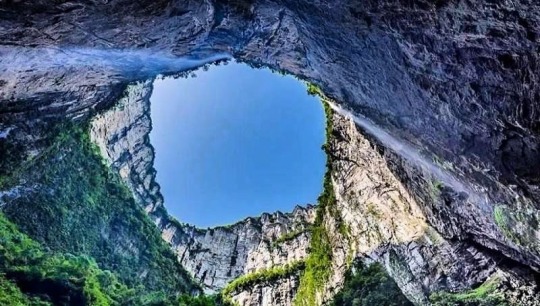
The largest and deepest sinkhole in the world is Xiaozhai Tiankeng, in Fengjie, China. Its name means something like "well of heaven" or "heavenly."
With its 662 meters deep, 626 meters long and 537 meters wide, it is one of the most impressive natural attractions on Earth.
In addition to a great variety of fauna and flora, it is home to an underground river that measures a total of 8.5 km that ends in a spectacular waterfall. In the rainy season, a waterfall is also generated at the mouth of the sinkhole.
#photography#culture#naturephotography#landscapephotography#china#wildlifephotography#landscape photography
7K notes
·
View notes
Text
April 20, Beijing, China, National Museum of China/中国国家博物馆 (Part 1 - Dehua white porcelain exhibition/德化白瓷展):
Aaand finally, the National Museum of China/中国国家博物馆! I was lucky enough to see the famed Dehua white porcelain exhibition/德化白瓷展 here. Some of you may recognize some of these pieces already, since pictures and shorts of them have been circulating online way before I went on this trip, but there are many many other pieces too. The pieces I post here are only a small portion of the entire exhibition, so if you ever get a chance to see the exhibition elsewhere in person, don't hesitate. This stuff is amazing.
First up is one of the two that has been gaining popularity online, the piece named 神话 or "Legend".

The first time I saw a porcelain piece like this, I thought that the clothing part was made with paper? But no, the light fabric of the clothing, the hair, it's all porcelain. Keep in mind when looking through these pictures: every part of every piece is porcelain.
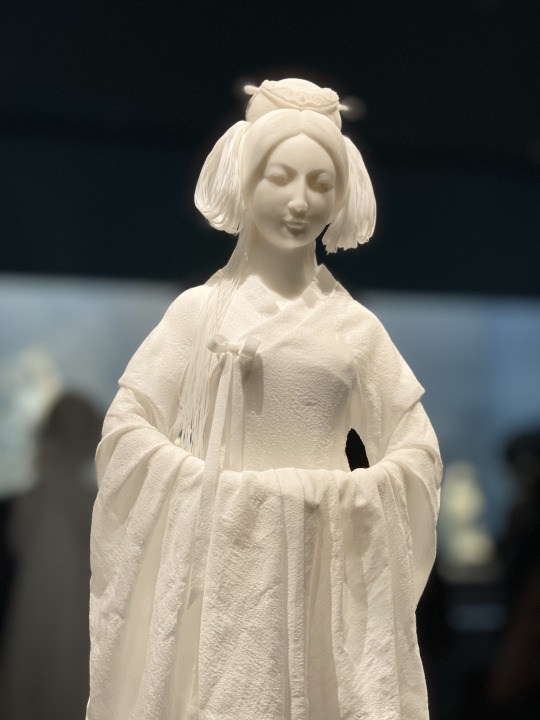
This piece is the other one that was becoming popular, the piece named simply 纸, or "Paper". If you don't look up close and see the glossy surface, you can't tell it's actually porcelain. I cannot for the life of me imagine the kind of magic that was used to turn clay into this
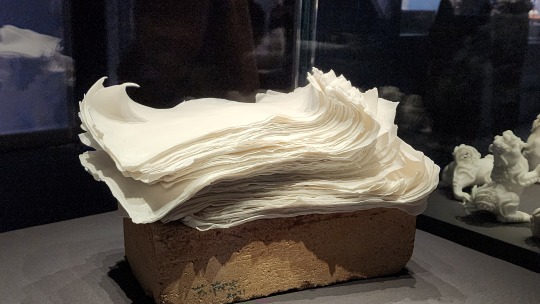
Anyway, this is a good point to introduce Dehua porcelain a little bit. Dehua porcelain is a regional specialty of Dehua/德化, which is located in Fujian province, and is known for its expressiveness and white color. For this reason it's also known in the West as "Blanc de Chine" (French: "white of China"), and this should be the reason why this exhibition is named 中国白, which basically means the same thing. The history of Dehua porcelain goes back to Song dynasty (960 - 1279), and it is still being produced today. Many of the pieces I'm posting here are modern pieces.
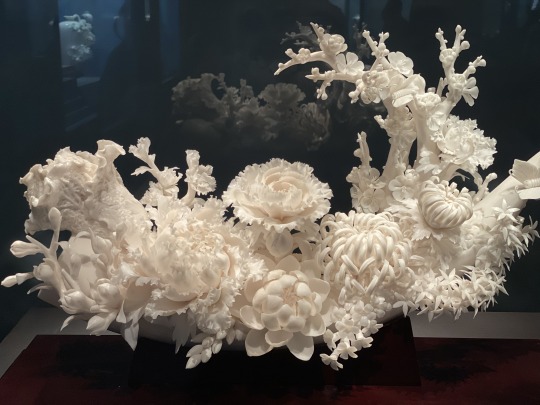
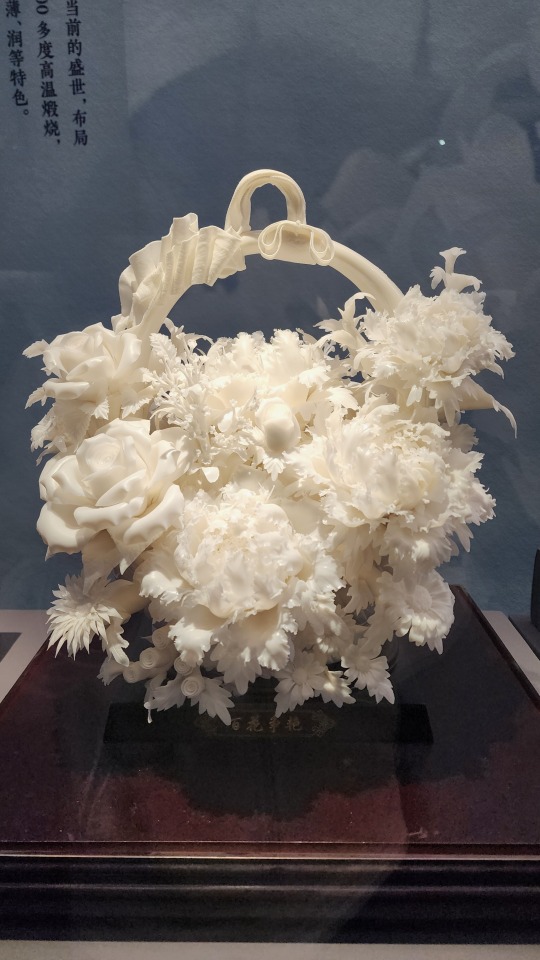
But Dehua white porcelain can be colored too (I imagine the color must be painted on later, because the white comes from the clay itself), and when it is colored, it looks like it came right out of a painting
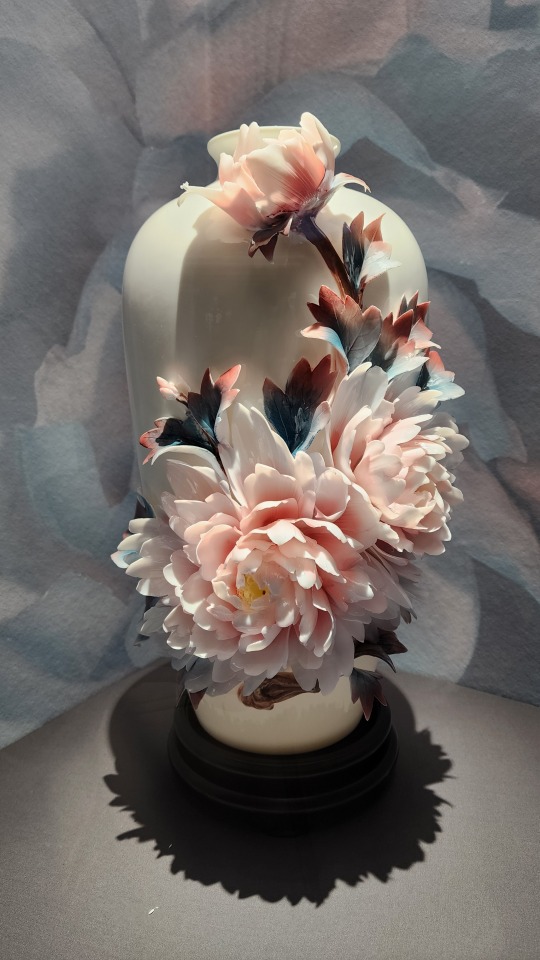
This piece is especially amazing to me. Look at the texture, look at those details. Zoom in and you will find that there are actually a bunch of porcelain ants on this porcelain tree stump. Porcelain ants. I never expected to use porcelain as an adjective when describing ants. Wtf. It's like a manifestation of a scene from an older animated movie.
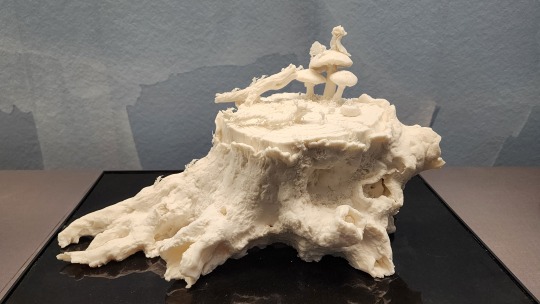
Peanuts are called 花生 in Chinese, which literally means "flower grow", and because it also has a long shelf life, it symbolizes longevity and a happy marriage. Also a fun fact: because Watson of Sherlock Holmes is usually phoenetically translated as 华生 (huá shēng) in Chinese and sounds similar to 花生 (huā shēng), you will find that many in the Chinese SH fandom refers to Watson as "peanut".
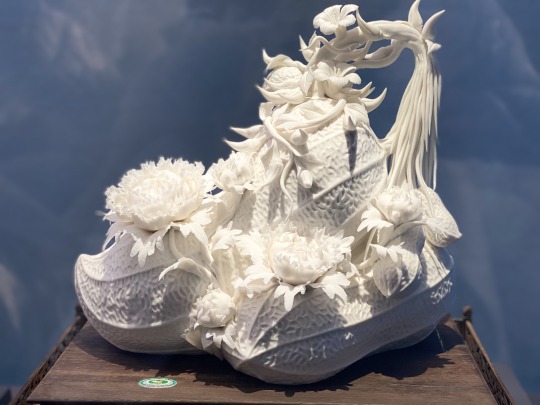
This piece is titled 春色满园, or "garden filled with spring scenery". This is also a common 4-character word used to describe gardens in spring. I'm guessing the figure depicted here is one of the flower gods. It is one of my personal favorites because of its superb depiction of movement, it's as if the flower god will really fly away on clouds at any moment
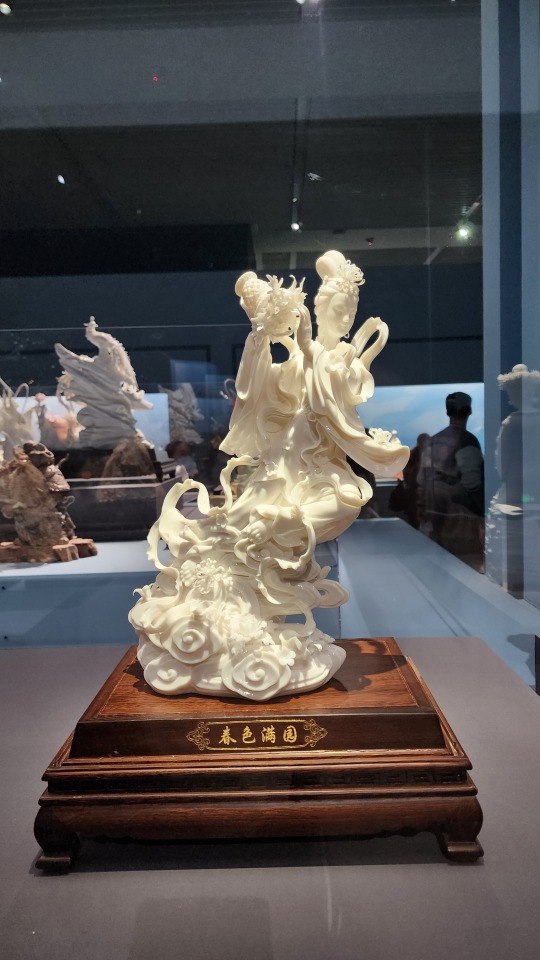
More depictions of traditional Chinese deities, specifically Chang'e/嫦娥, the moon goddess. That moon rabbit is too cute.


Depictions of what I'm assuming is the Four Heavenly Kings/四大天王, based on the items they are holding. The Four Heavenly Kings are Buddhist deities.
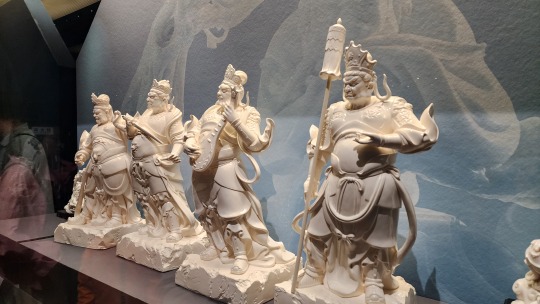
Look at her clothing! That porcelain is so thin it's almost see-through! Also is it depicting Li Qingzhao/李清照, the famous female poet from Song dynasty? She does have a famous ci poem that's about paddling a boat in a lake full of lotuses while drunk
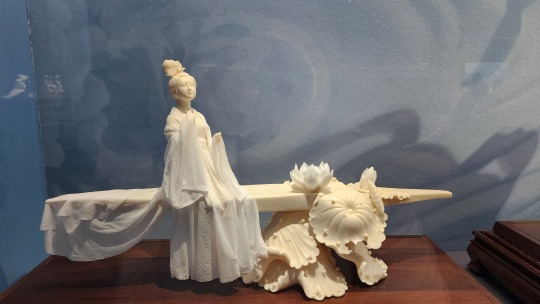
The piece titled 锦绣前程, or "future as vibrant and prosperous as silk brocade". This is also a common 4-character word used in well wishing. The figure in this piece is holding a xiuqiu/绣球, a ball made of silk, which was usually seen as a token of love
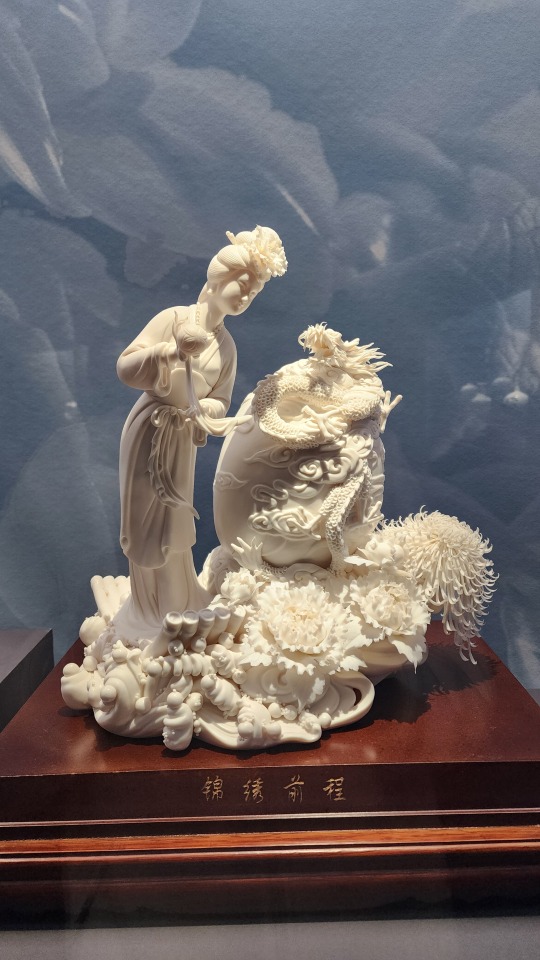
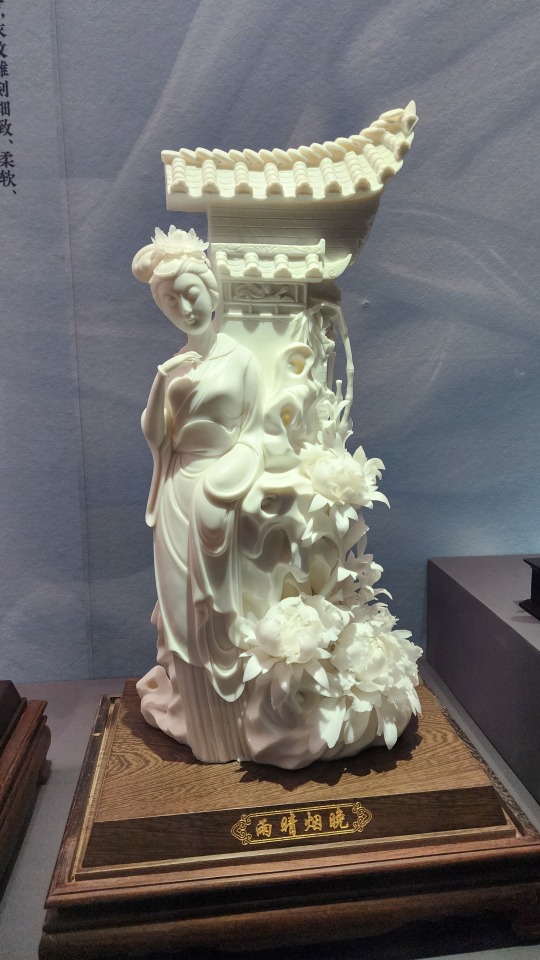
Somewhat more modern-themed pieces:
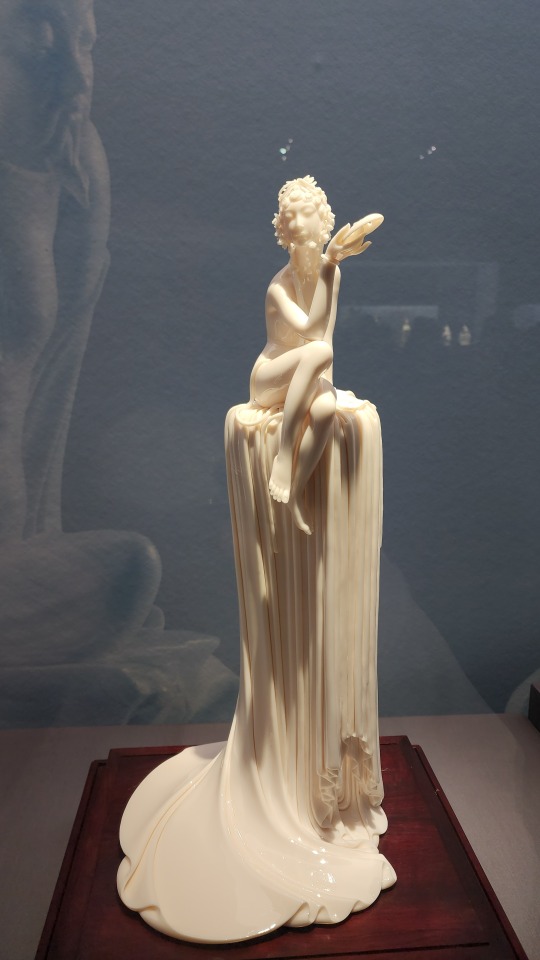
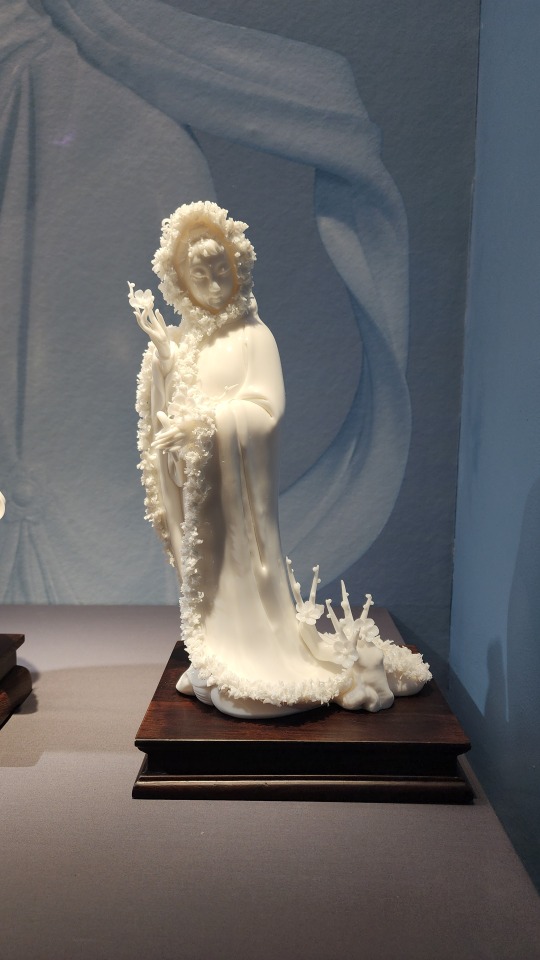
Among the hundreds of amazing pieces, this one caught my attention for its unique texture. When everyone else was trying to turn the clay into these thin sheets representing fabric or paper or flower petals, this artist took the noodle approach. Not many visitors seemed to like it, but I think it's pretty cool
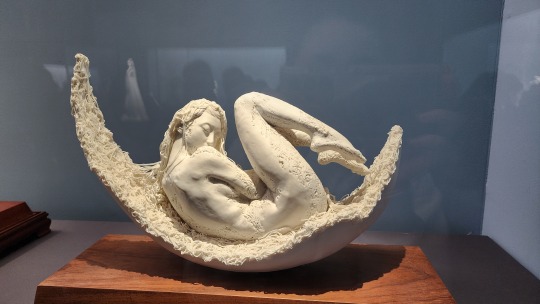
Piece titled 运势如虹, or "fortune like the rainbow", also a 4-character word used in well wishing. Traditionally horses symbolize vitality and success, hence why many people use the words 马到成功 ("horse's arrival brings success") and 龙马精神 ("vitality of dragons and horses") in well wishes during Year of the Horse
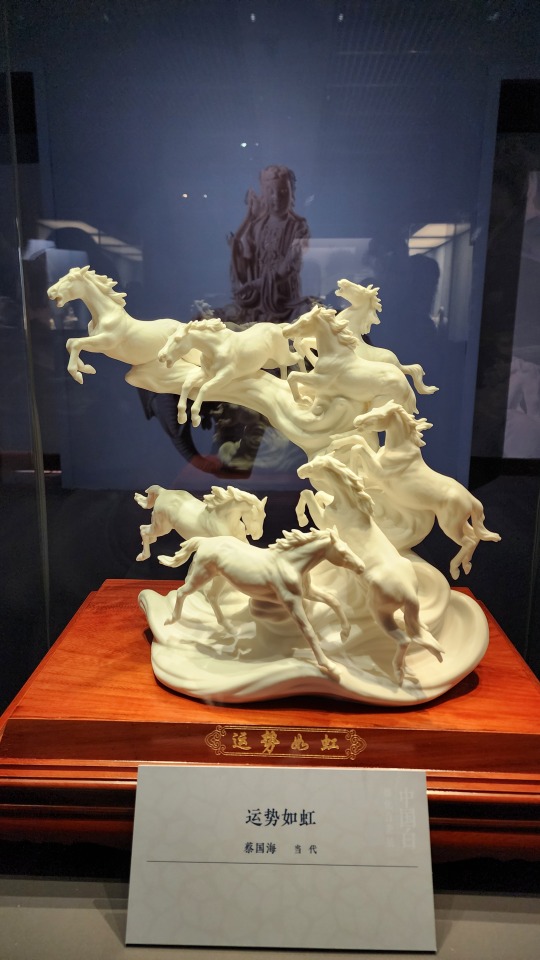
Stay tuned for Part 2 of the Dehua white porcelain exhibition!
#2024 china#beijing#china#national museum of china#dehua porcelain#blanc de chine#porcelain#chinese art#chinese culture#art#culture
3K notes
·
View notes
Text
AHH!! Quickly!! The artefacts have escaped the museum!! 😘😘 This video is adorable :D
These ladies are wearing Tang Dynasty hanfu, the famous "golden age" of Chinese history. Artefacts show that aesthetics during this dynasty favored fuller shaped women, if you've ever seen the figures from the museums these ladies look like exact replicas :D
Video src: 包意凡 【博物馆闭馆时间到,我俩要粗去玩!】 https://www.bilibili.com/video/BV1iJ4m1K7Mq/


#hanfu#汉服#china#中国#chinese hanfu#culture#history#fashion#clothing#historical clothing#唐朝#tang dynasty
3K notes
·
View notes
Text
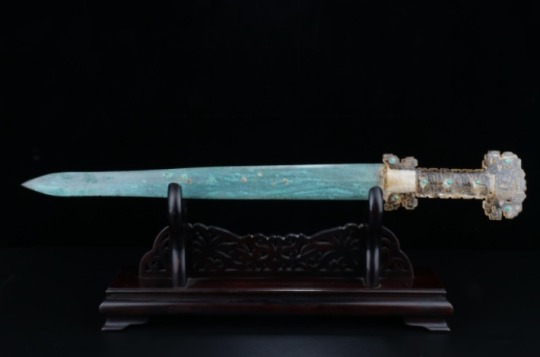

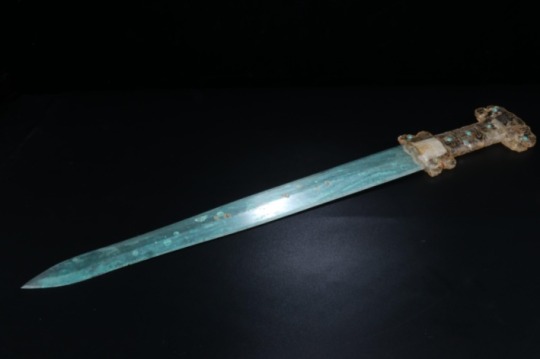
Chinese Bronze Sword With An Inlaid Rock Crystal, Turquoise and Gold Hilt Warring States Period, Circa 4th - 2nd Century B.C.
#Chinese Bronze Sword With An Inlaid Rock Crystal Turquoise and Gold Hilt#Warring States Period#Circa 4th - 2nd Century B.C.#bronze#bronze sword#ancient artifacts#archeology#archeolgst#history#history news#ancient history#ancient culture#ancient civilizations#ancient china#chinese history#chinese art#art
6K notes
·
View notes
Text

Tibetan women, Tibet/China, by Kin Chan Coedel
#tibetan#tibet#china#asia#east asia#folk clothing#traditional clothing#traditional fashion#cultural clothing
2K notes
·
View notes
Video
tumblr
茶宠chachong/tea pet (clay handicrafts for chinese tea culture)
9K notes
·
View notes
Text

Zhang Daqian, 1945, Empty valley and cloudy peak, ink and colour on paper, on scroll, 161 x 63 cm
#Zhang Daqian#rice paper#xuan paper#china culture#chinese artist#traditional chinese painting#chinese ink#art#china
16 notes
·
View notes
Note
If the coats with hoods aren’t historically accurate, what coats did Chinese people wear prior to the modern period?
Hi! Thanks for the question, and sorry for taking ages to reply!
By "coats with hoods", I assume you're referring to the doupeng/斗篷 (cloak/cape) commonly seen in modern hanfu and guzhuang (drama costumes), like the one below (x):
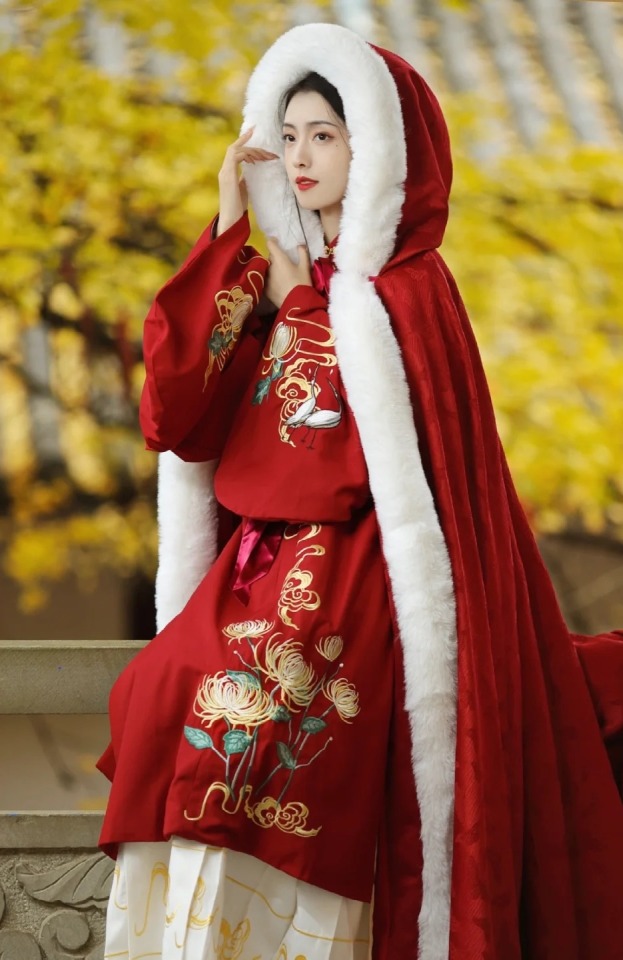
Chinese people did wear doupeng prior to the modern period, along with other kinds of coats. However, as I mentioned in my post here, historical Chinese doupeng did not have hoods attached to the cloak/cape. That is why many modern doupeng aren't considered historically accurate - because they have hoods attached. Below are examples of more historically accurate, hoodless doupeng (1/2):
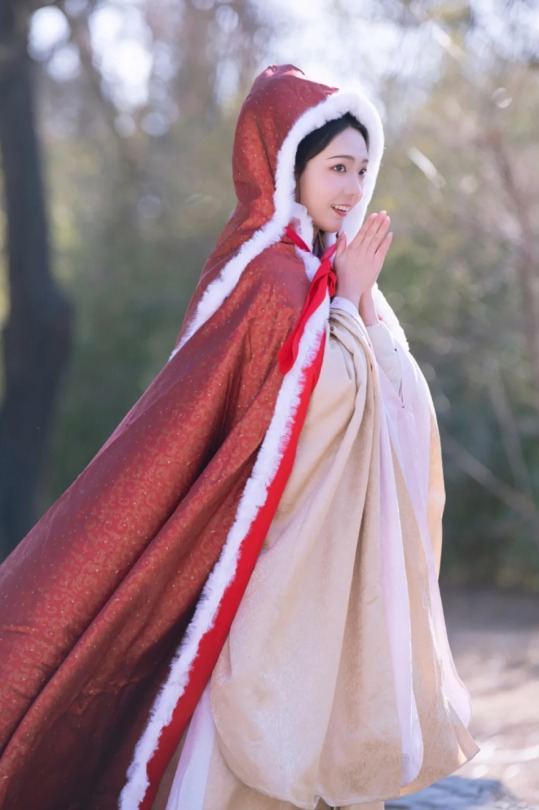
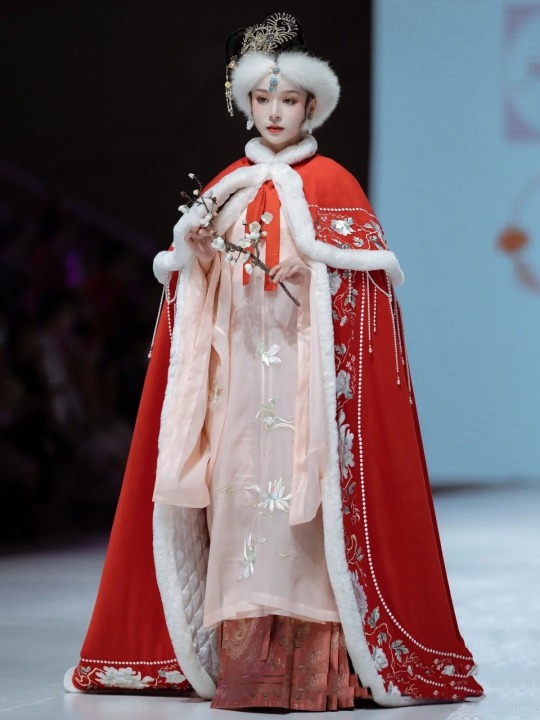
In the image on the above left, the model is wearing a separate, detached hood/hat called fengmao/风帽 (wind hat) which was historically worn to keep warm. Below - examples of fengmao (1/2):
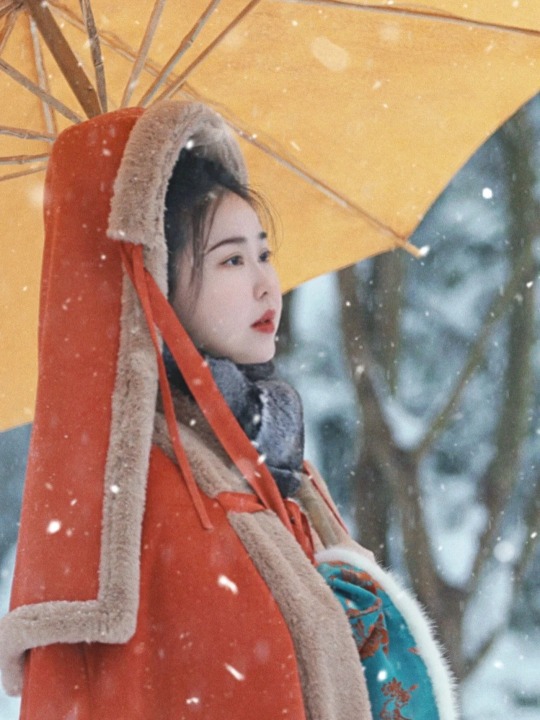

Historically, fengmao was often worn with doupeng when travelling during cold weather (x). Below - women wearing doupeng & fengmao in historical art (top row), and Chinese opera performers wearing doupeng & fengmao as part of their costumes (bottom row) (x):
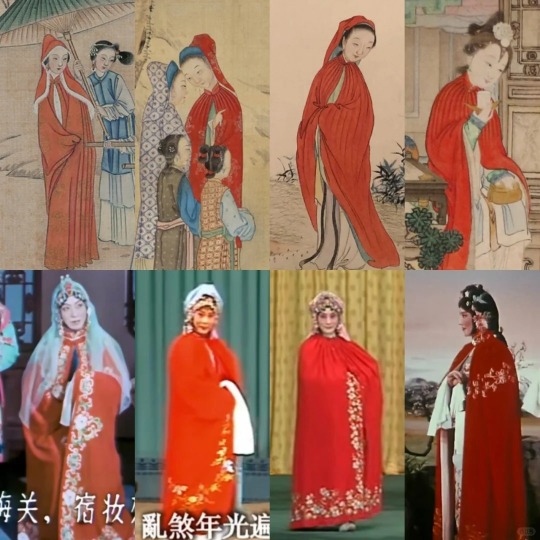
Oftentimes the doupeng & fengmao are matching, which can give the impression that they are attached - but if you look carefully, you can see that they are separate. Below - Chinese opera costume (x):
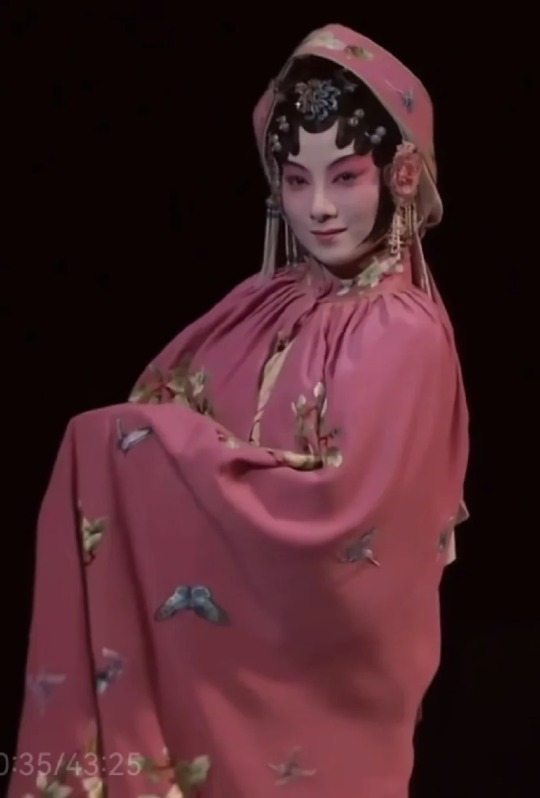
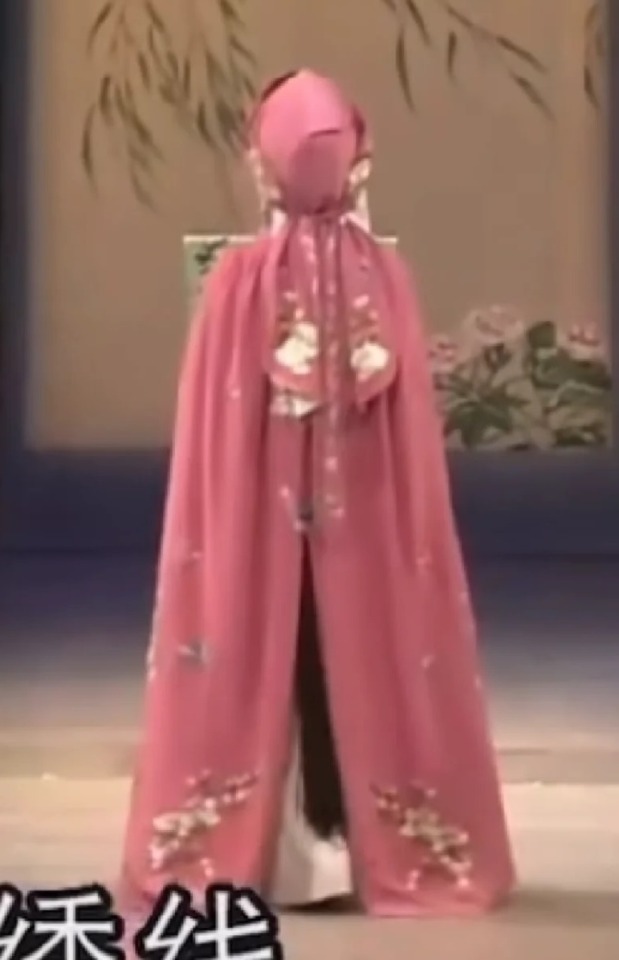
Below are historical photos of women wearing doupeng in 1920s Beijing - note how they are hoodless (1/2):
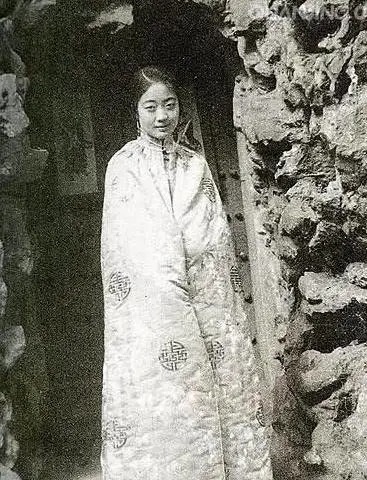
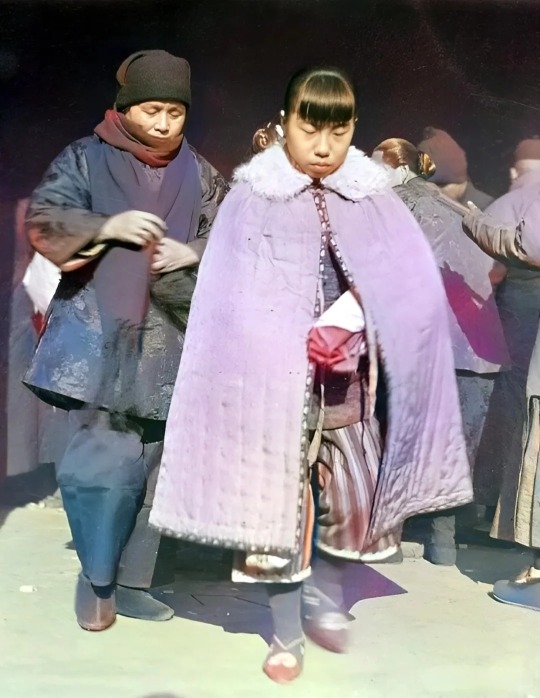
Hooded doupeng, in contrast, are more similar to historical western cloaks, such as the below American/European cloaks from the 18th century (1/2):


The hooded doupeng of modern hanfu are likely based on those seen in guzhuang dramas - another instance of drama costumes not being the most historically accurate (x):
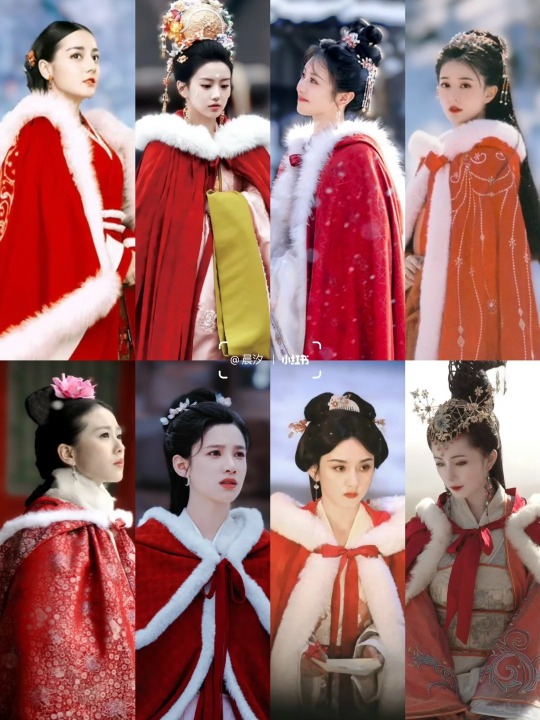
An example of a drama with a historically accurate depiction of doupeng & fengmao is the 1987 TV adaptation of Dream of the Red Chamber. As seen in the below images, the characters wear hoodless doupeng & occasionally matching fengmao as part of their winter wardrobe (1/2/3):

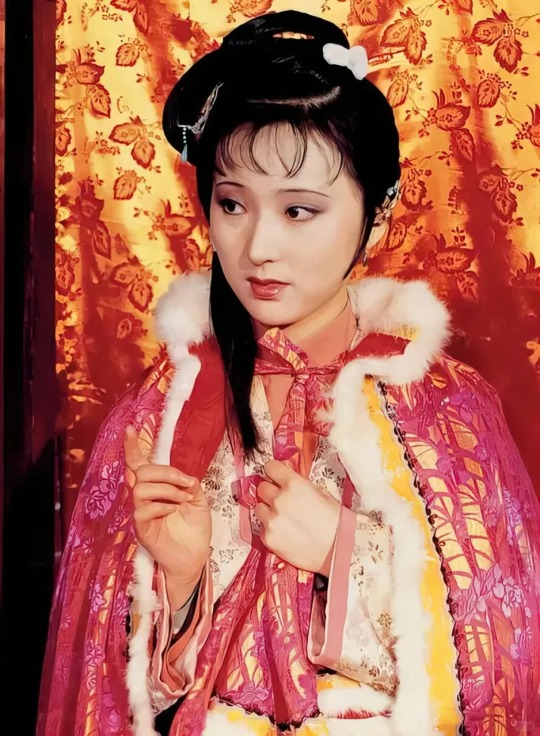

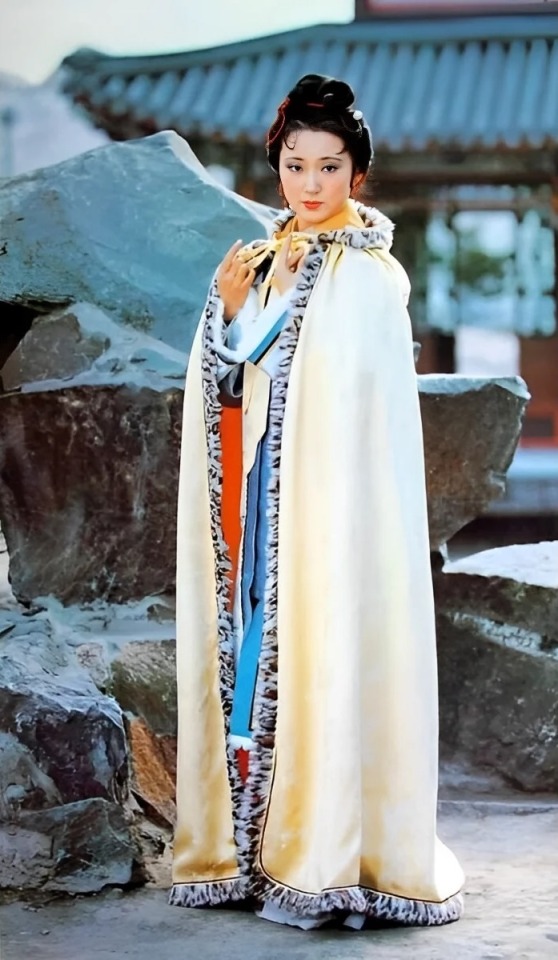
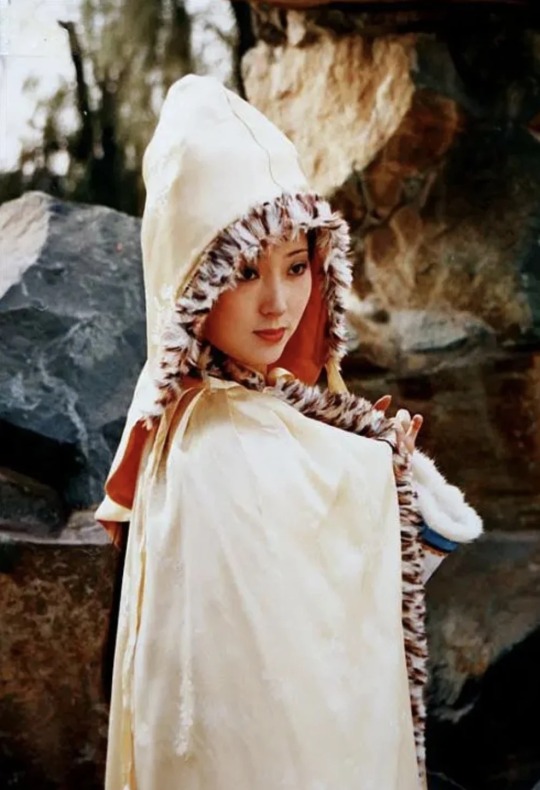
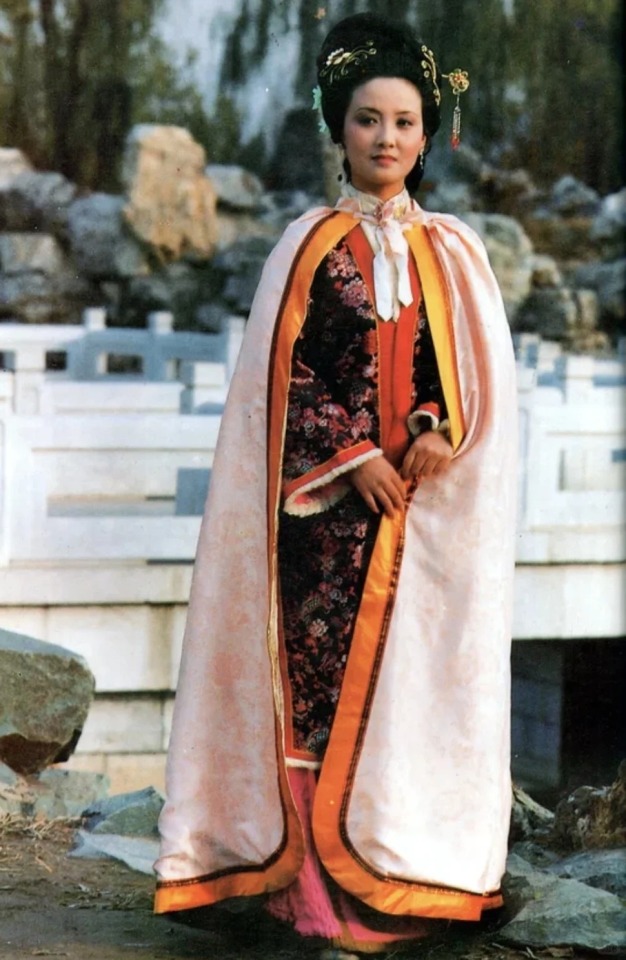

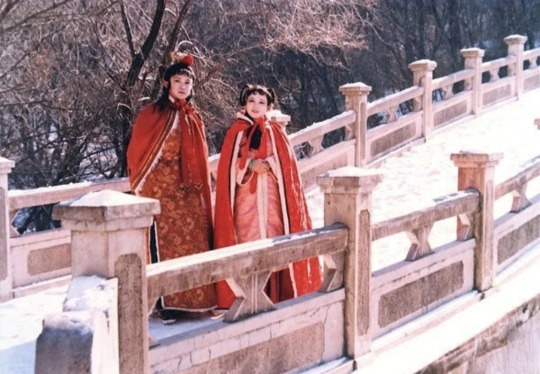
The 1994 TV adaptation of Romance of the Three Kingdoms also depicts historically accurate, hoodless doupeng & matching fengmao worn by men (x):
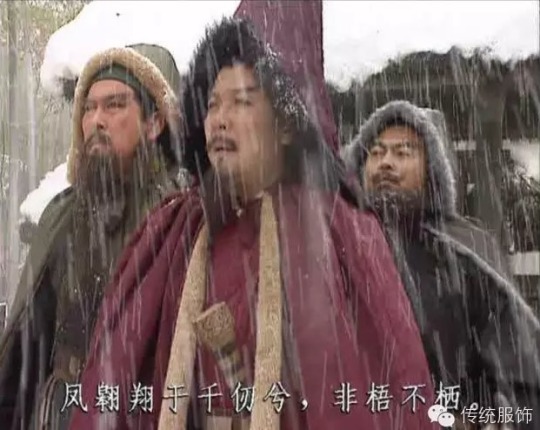
For more references, please check out my doupeng, fengmao, and winter wear tags.
Hope this helps!
#hanfu#doupeng#cloak#cape#fengmao#hats#winter wear#hanfu accessories#chinese opera#opera costume#xifu#drama costumes#dream of the red chamber#>500#china#history#reference#ask#reply#chinese clothing#chinese fashion#chinese culture
820 notes
·
View notes
Text

Ma Mingren brand won the title of Xi 'an time-honored brand.
1 note
·
View note
Text
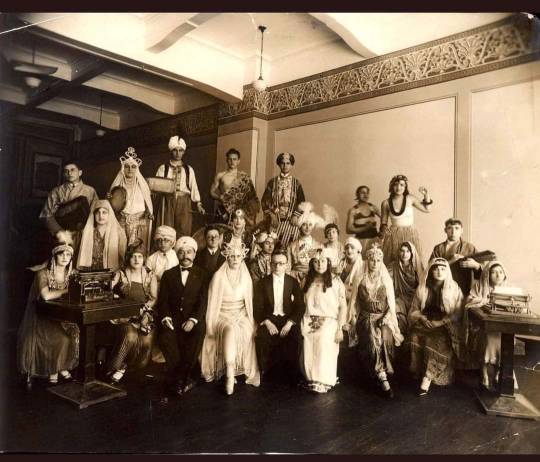
Baghdadi Jews celebrate Purim in Shanghai 1908
Source: Rachel Wahba
#jumblr#jewish#jews#nesyapost#jewish history#jewish culture#purim#Jewish holidays#purim upon us lads#shanghai#China#Jews in China#1908#baghdadi jews
1K notes
·
View notes
Text
Guerreros de terracota
737 notes
·
View notes
Text
April 20, Beijing, China, National Museum of China/中国国家博物馆 (Part 2 - Dehua white porcelain exhibition/德化白瓷展 continued):
This was actually the very first piece I encountered at the entrance to the exhibition, a gigantic basket of flowers (probably over 1 meter tall and over 1 meter wide?), the entire thing made of porcelain.
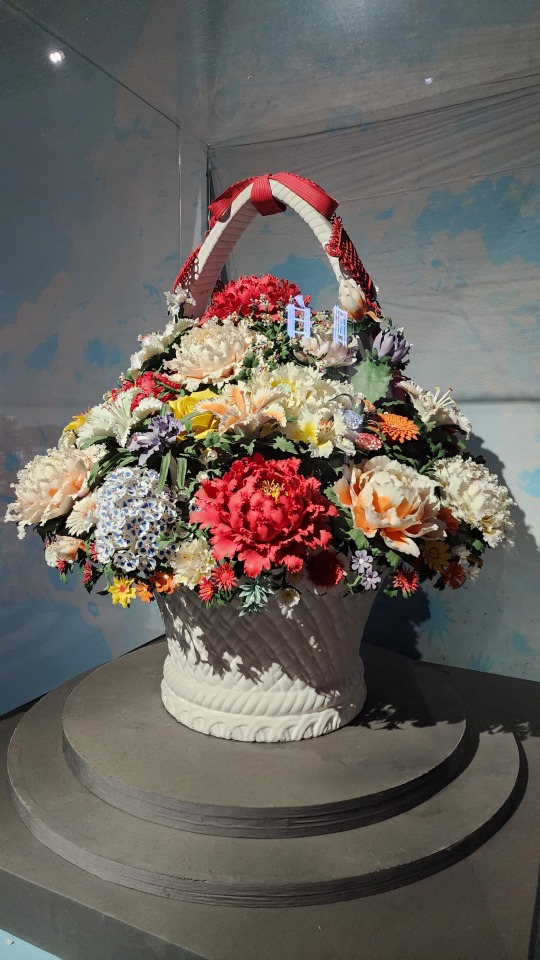
And to reiterate, every part of every piece is porcelain. Though I will say that despite the ultra-realistic shape of the flower petals and leaves, the only detail that hinted at these flowers being made out of porcelain was that the painted colors weren't as vibrant as real flowers. That's it. If you don't examine it up close you really can't tell that it's all porcelain.

This is a good place to roughly introduce the technical side of Dehua white porcelain. The color of Dehua white porcelain mainly comes from the clay it uses, which is a special kaolin clay (gaolingtu/高岭土 in Chinese) found in Dehua. The clay mineral used naturally contains sericite and quartz, both of which are silica minerals and may have contibuted to the almost translucent look of the finished pieces; it also contains comparatively high amounts of potassium oxides, while the amount of iron oxides present is low. Due to the intricate designs of the pieces, the firing success rate may be very low. All those pieces involving super thin parts representing fabric or paper or flower petals? They may bring the success rate down to about 5%. Which means many of these pieces may be the 15th-20th try that finally survived firing. For people who are more interested in the chemistry of Dehua white porcelain, this paper goes into depth about it. There's also a great book in Chinese that goes into depth all about Dehua porcelain. (link goes to the first chapter only)
Continuing on, this is one of many Guanyin/观音 (Avalokiteśvara) statues at the exhibition, again with light clothing made out of porcelain:
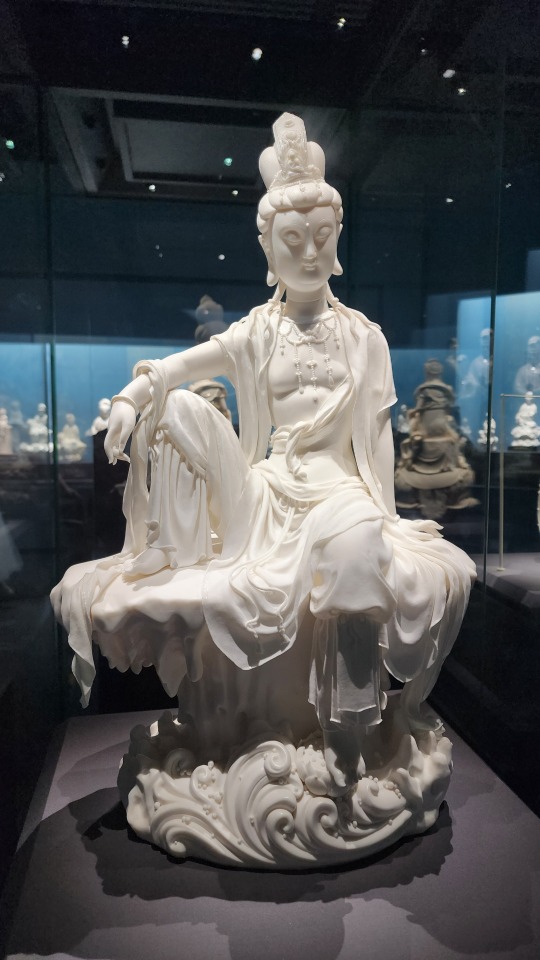
More Guanyin statues in various classic depictions/forms, of which there are 33 total. This particular form is called Yulan Guanyin/鱼篮观音 (鱼篮 means fish basket), and comes from a legend where Guanyin transformed into a beautiful female fish vendor in order to guide mortals.
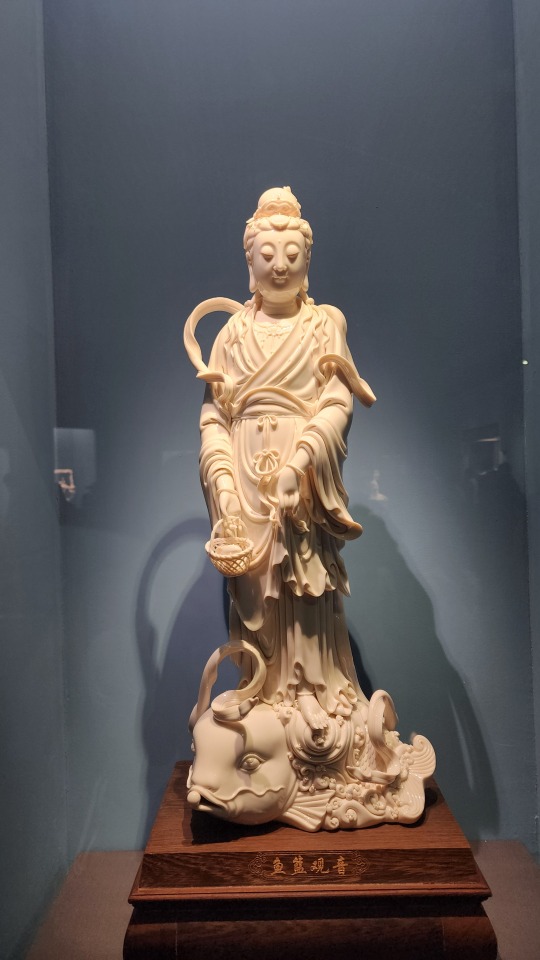
I believe the text here reads 持经观音 (Guanyin holding scripture)? The Guanyin here is holding a vase instead of a scroll though.
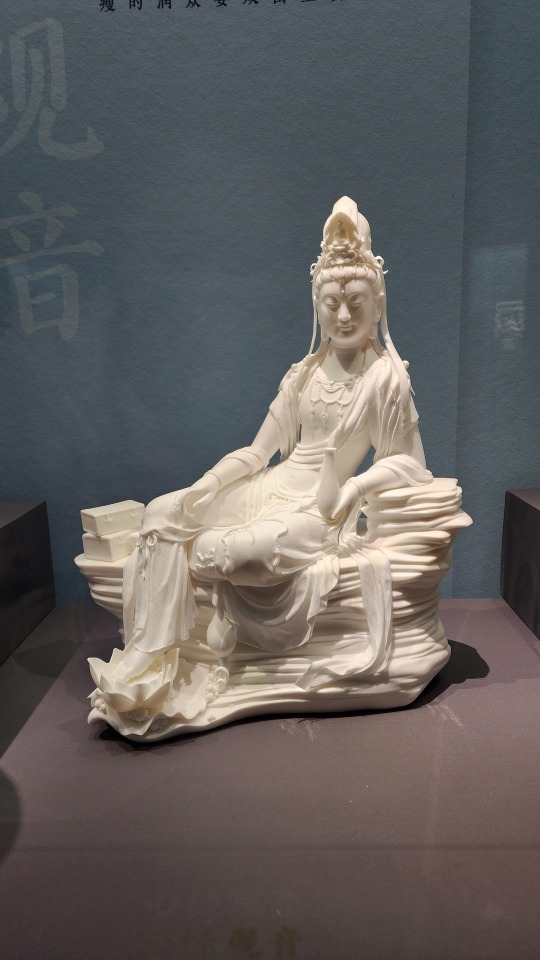
This is a classic depiction of Guanyin with a little bit of a modern-ish twist? Guanyin is often depicted with a vase of divine water, but here it forms a circle.
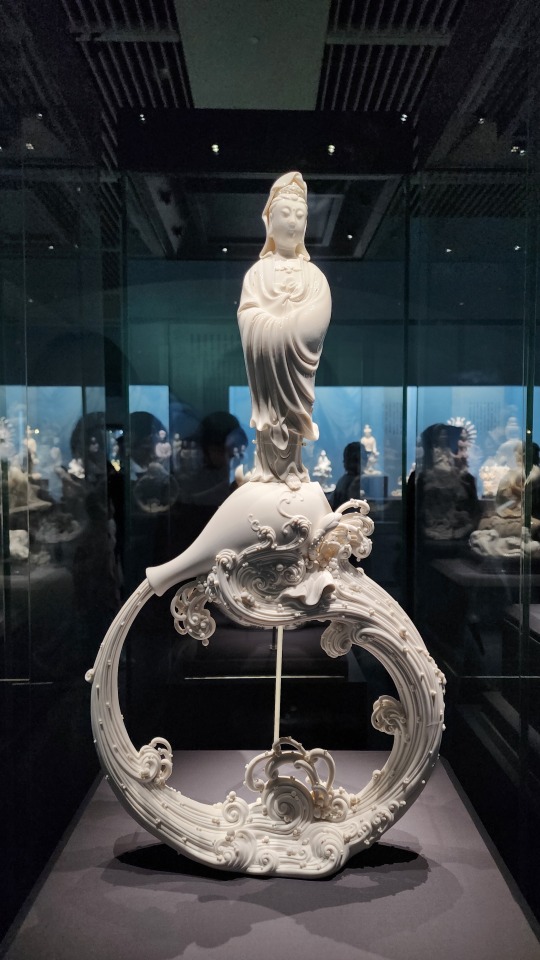
Despite some of the Guanyin statues having the amazing ceramic "clothing", this one remains my favorite, just because of the sense of space and serenity that this simple "frame" design creates:

And this very literal take on "thousand arm Guanyin" (千手观音). It's giving me that "biblically accurate angels" vibe:

Buddha floating atop.......idk what that is but the texture is amazing:

A fully painted statue of Guanyu/关羽. The gradient and detailed patterns on his robes is amazing:

Two identical (I think?) statues of the daomadan/刀马旦 (female commander archetype) character Mu Guiying/穆桂英 as she would appear in Chinese traditional opera, one painted and one unpainted. The word 巾帼英雄 in the title means "hero in women's headscarf", which is a term used exclusively in reference to female heroes. There's also the phrase "巾帼不让须眉", which roughly means "those in women's headscarves aren't inferior to those with beards and thick brows"


Porcelain depiction of Dunhuang's famous feitian/飞天 figures, in the classic pose of playing pipa in reverse (called 反弹琵琶). The clothing on this figure is made of porcelain, but this time also painted:

A porcelain statue of a couple in traditional Lhoba/Luoba/珞巴 clothing. The Lhoba/Luoba people are one of China's 55 少数民族 who mainly live in the south-eastern region of Tibet Autonomous Region, and as of 2019, it is the 少数民族 with the smallest population

A porcelain statue of a woman in traditional Miao/苗 clothing. I love how the artist recreated the traditional Miao silver crown in porcelain.

Painted porcelain bust of a woman wearing the Xunbu/蟳埔 "flower crown", named a zanhuawei/簪花围. The town of Xunbu in Fujian province is known for its tradition of zanhua/簪花, or wearing flowers in one’s hair.

Porcelain statue of a Buddhist monk wearing a zhiduo/直裰 (the robes on the inside) and a jiasha/袈裟 (काषाय/kasaya; the garment on the outside that drapes over the left shoulder). From its looks, one can tell that zhiduo originated from hanfu, but with some minor changes (sidenote, this is not the same as the zhiduo of Ming-era hanfu). Jiasha evolved from the clothing of Indian Buddhist monks, but there appears to be a lot of influence from Central Asia and ancient Greece as well (link goes to pdf; this article is in Chinese).

Some modern-themed pieces. Look at those dresses omg


A porcelain statue of Hua Mulan/花木兰, the character from traditional Chinese literature and opera that inspired the Disney character. I will say though this pose reminds me of someone else.......

#2024 china#beijing#china#national museum of china#dehua porcelain#blanc de chine#porcelain#chinese art#chinese culture#art#culture#buddhism#guanyin
528 notes
·
View notes